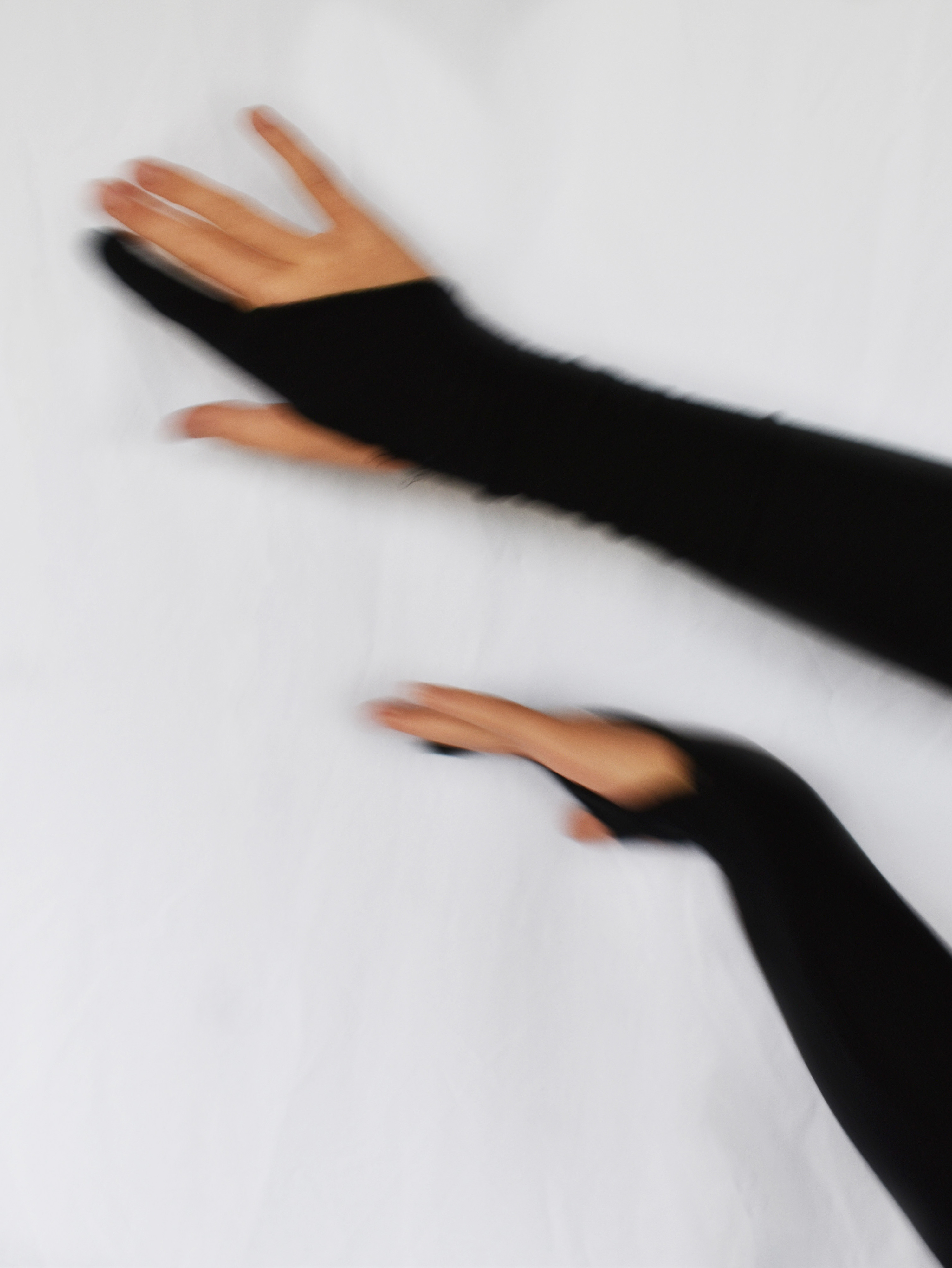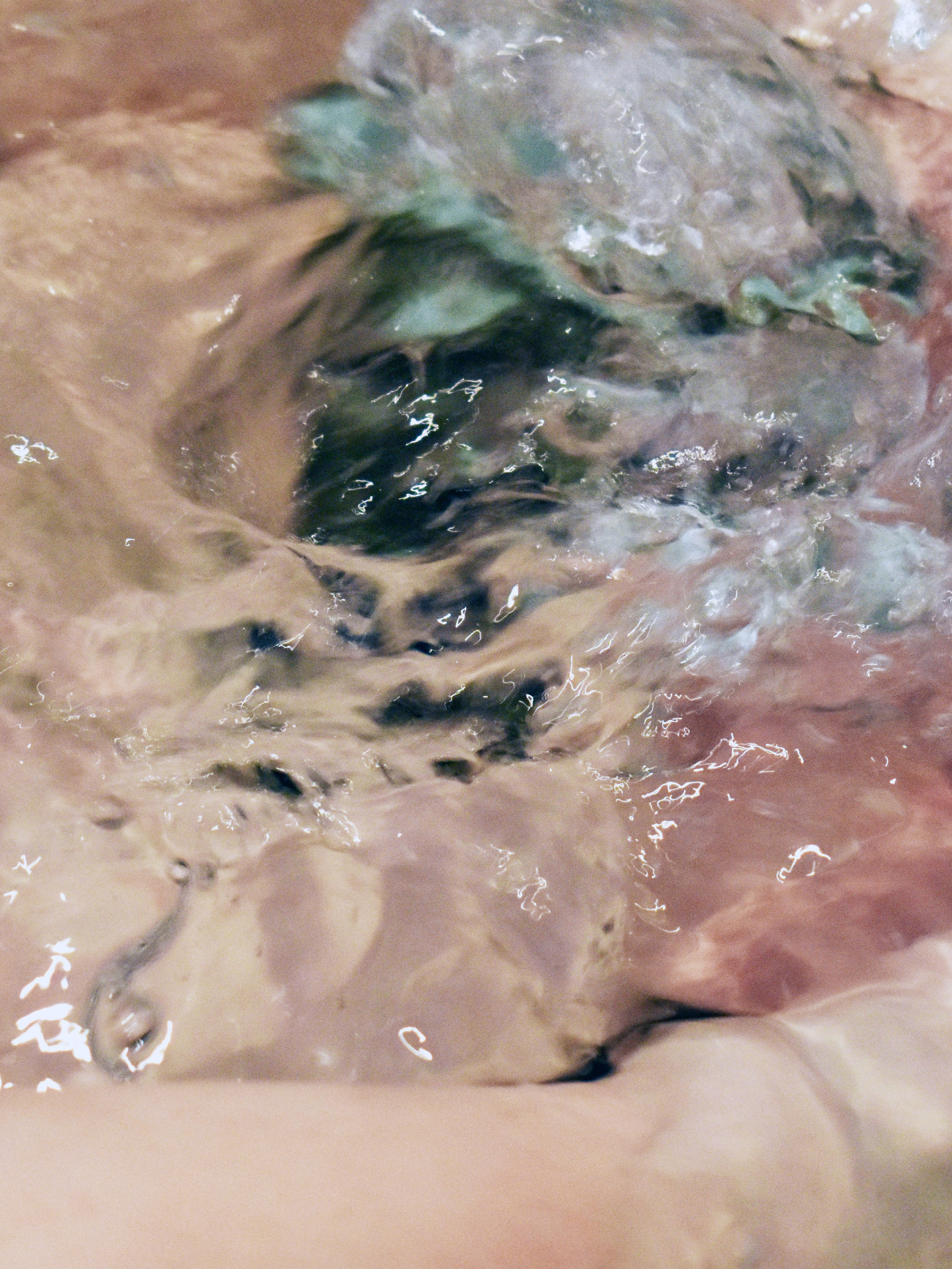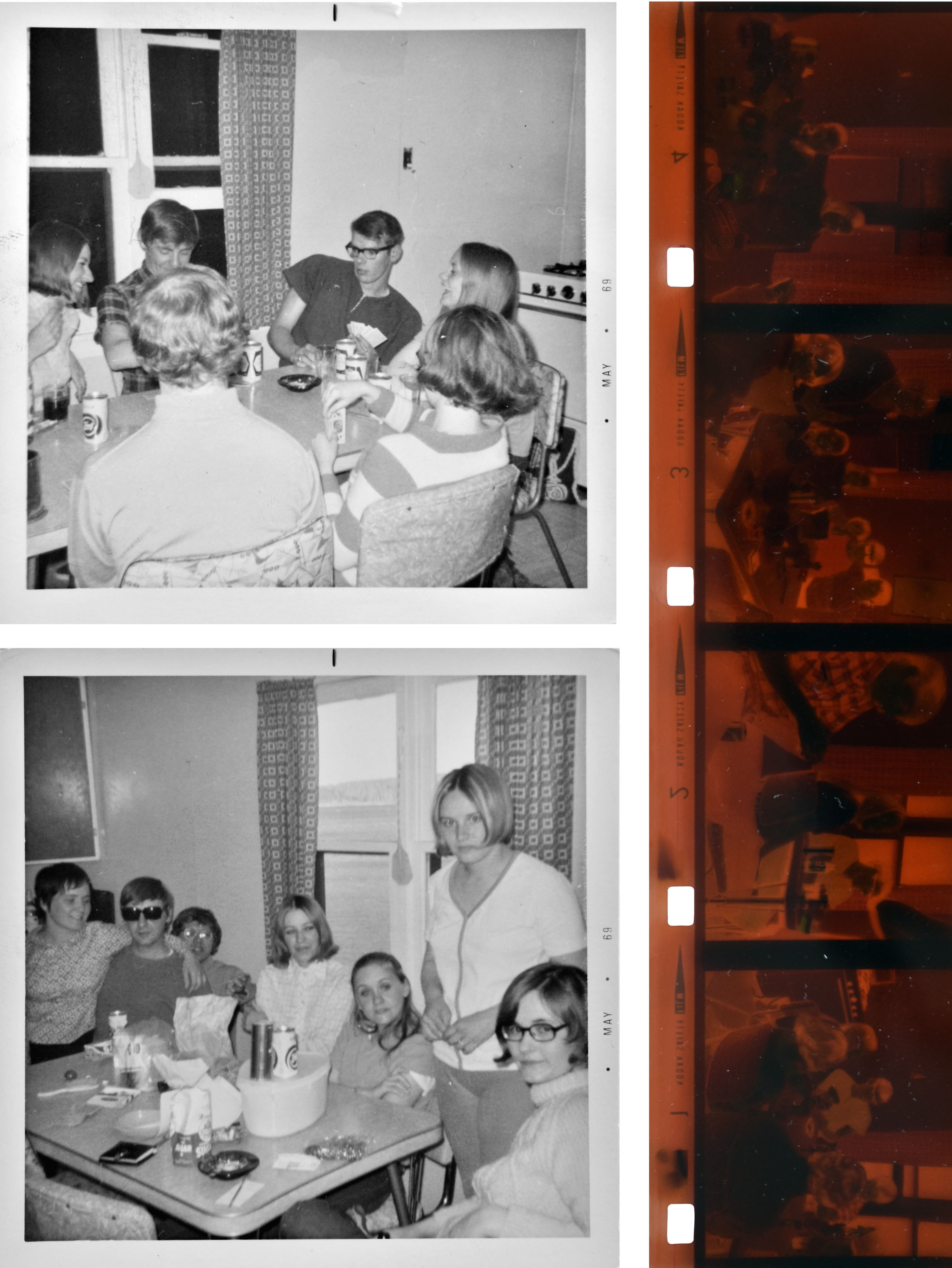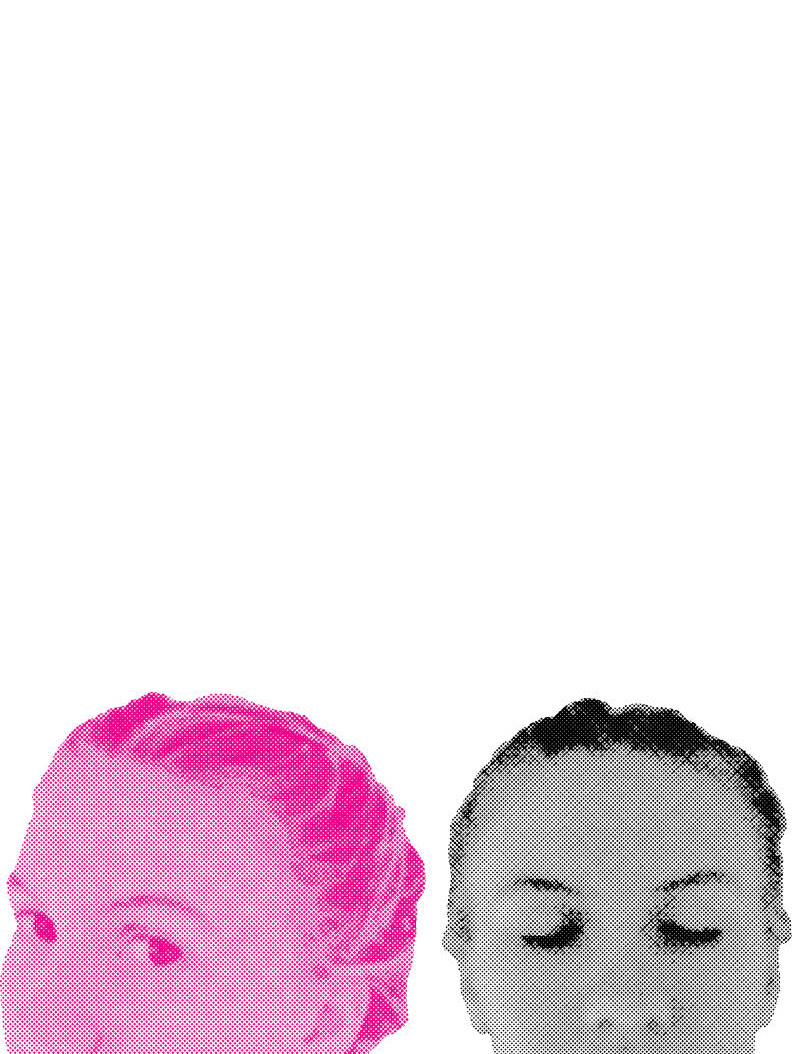INTERVENTION / ENGAGEMENT
Project duration: 20 11 06 - 20 11 16
If there is no “away”, how can we can we critically investigate notions of contextual space beyond the scale of our immediate living space? How do larger contexts and systems affect our living, its past, present and future? How can larger understandings of systems be developed from discreet investigations of space? How can we read, observe, record, examine and respond to such contexts and systems? How can we record temporal conditions of space or project these conditions from static readings? How do we translate tactile, embodied experiences of space in or on the framework of a map? What might be the strategies, the layers, fragments, and subsystems, effective in understanding and framing the processes embedded within space? How can the act of mapping produce new understandings or narratives of spaces within our everyday milieu?
Art, by definition, does not exclude graffiti, yet it is typically rejected from formal art institutions. Back Alley Gallery provides a space to explore and appreciate art beyond the walls of museums.
The P3 mapping revealed that nearly all of the graffiti on the chosen site is invisible from the sidewalk, therefor the installation must draw the attention of pedestrians into the alley.
When deconstructed and simplified, museums typically consist of three things; art/artifacts, wall plates, and seating. Located in the alley between Sherbrook and Furby street, the site includes art, so to complete the museum environment a bench and posters were added.
To radicalize the our understanding of familiar environments, all we must do is stop, sit, and look. Why sit? As put so eloquently by artist Paul Klee, “For the understanding of a picture, a chair is needed. Why a chair? To prevent the legs, as they tire, from interfering with the mind.”







